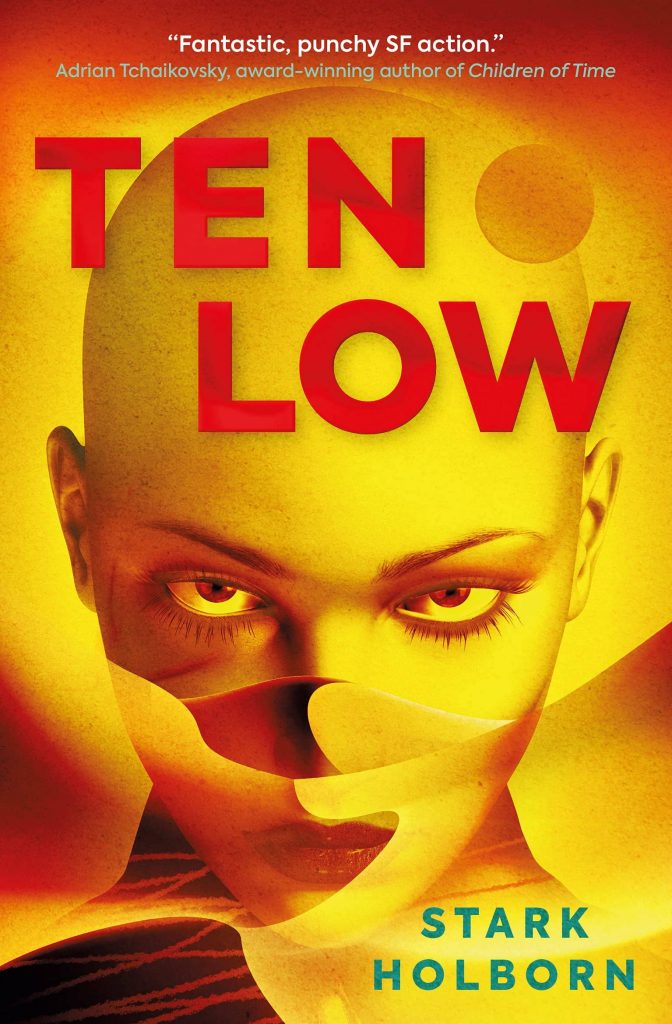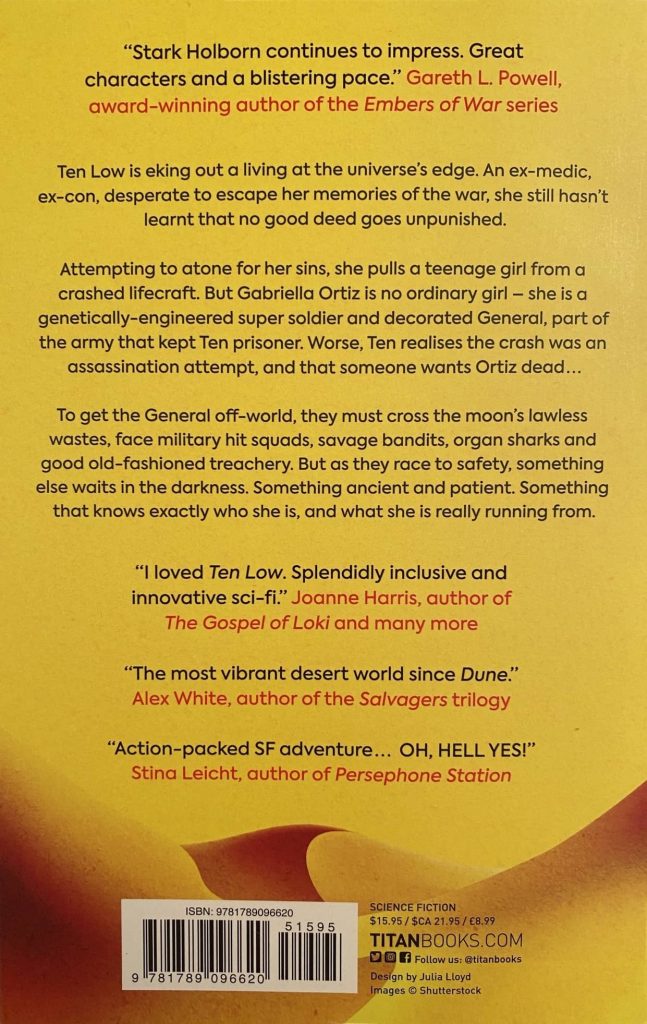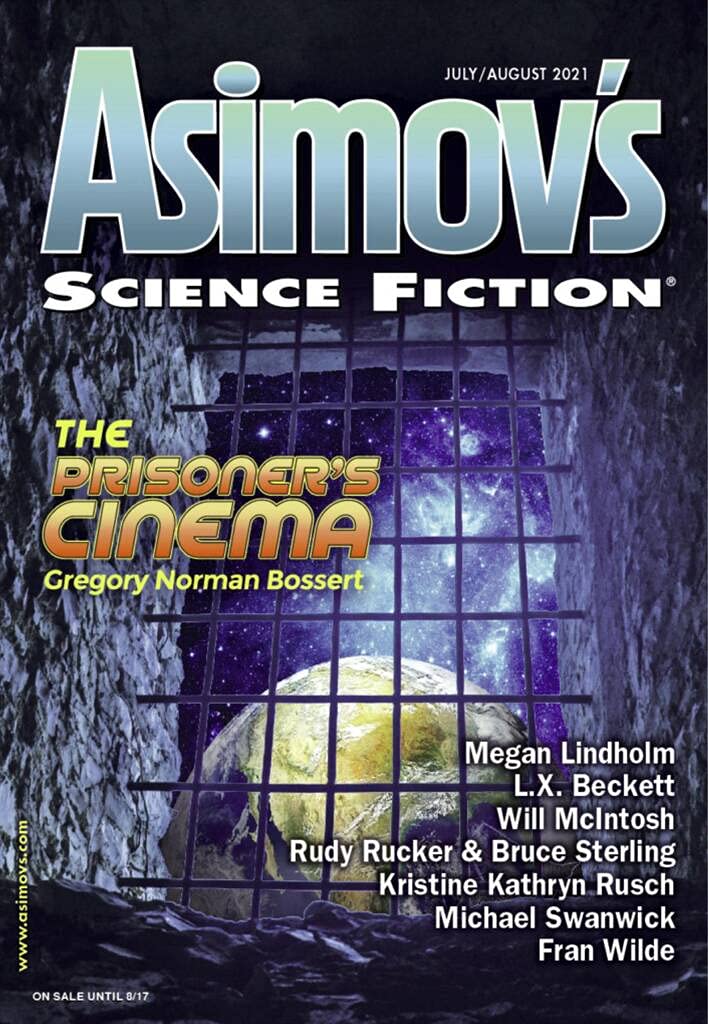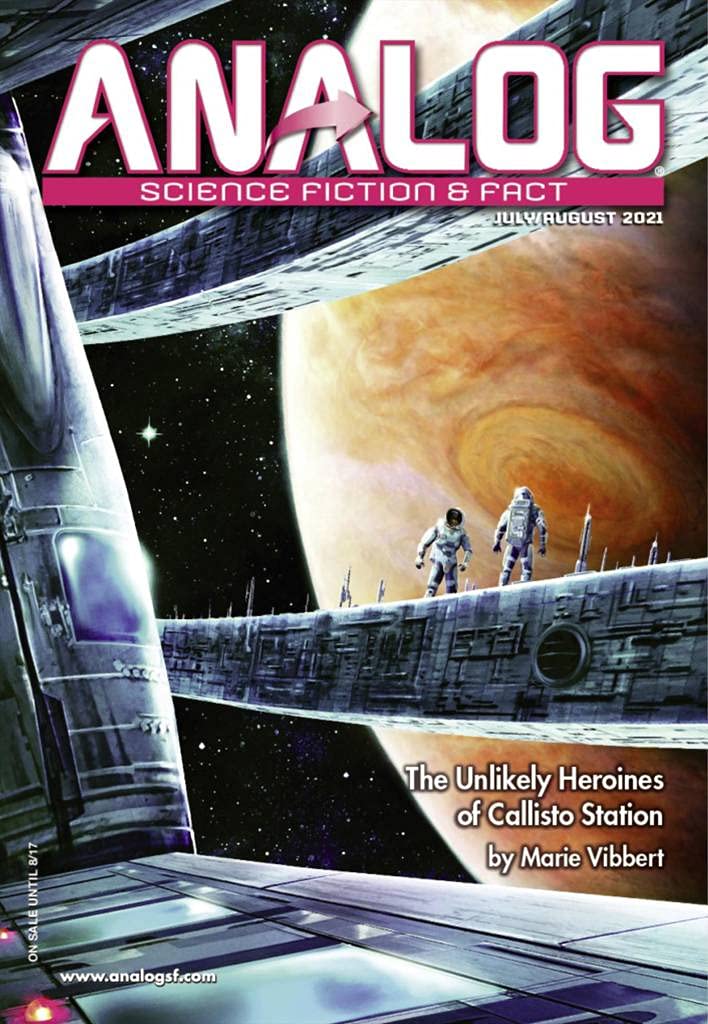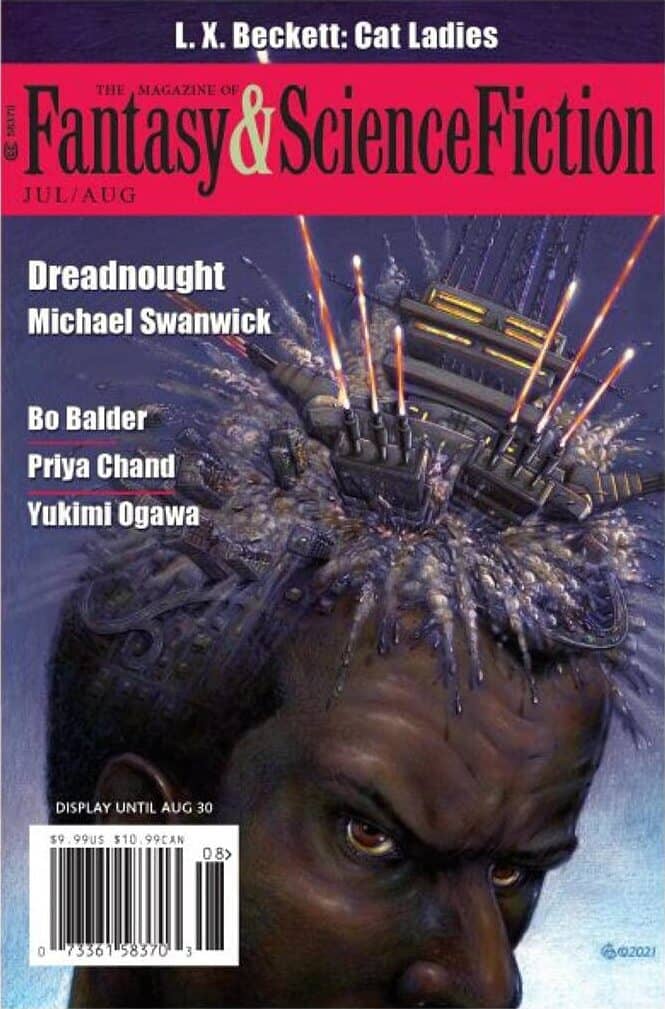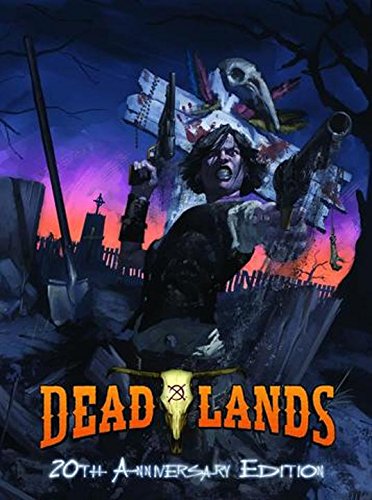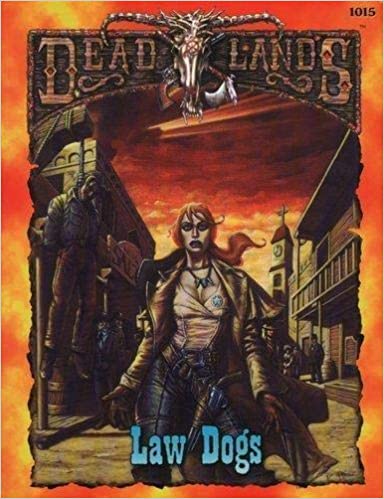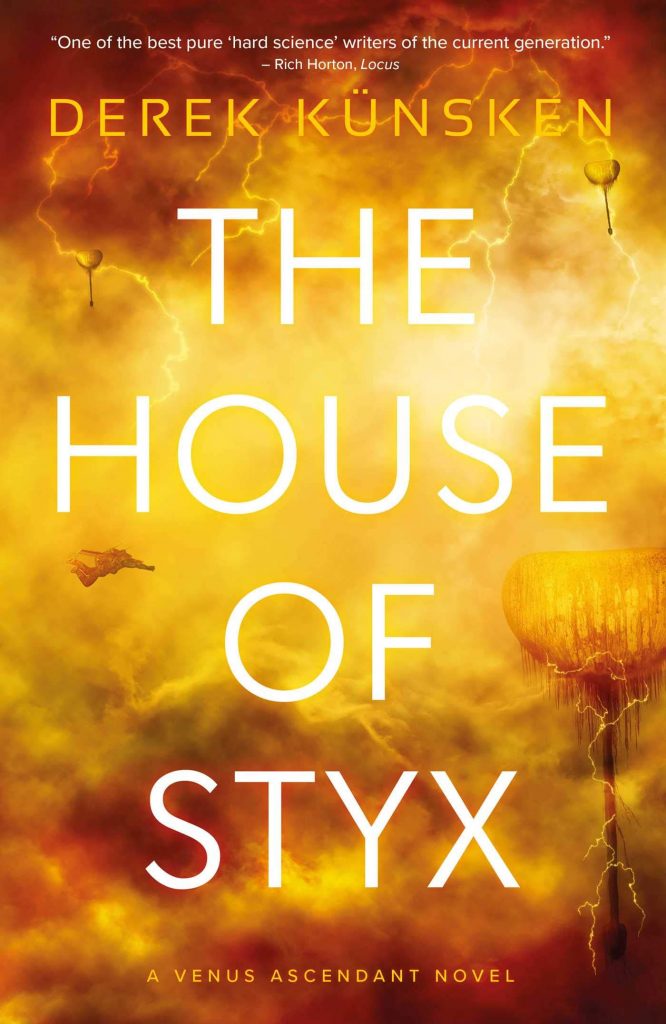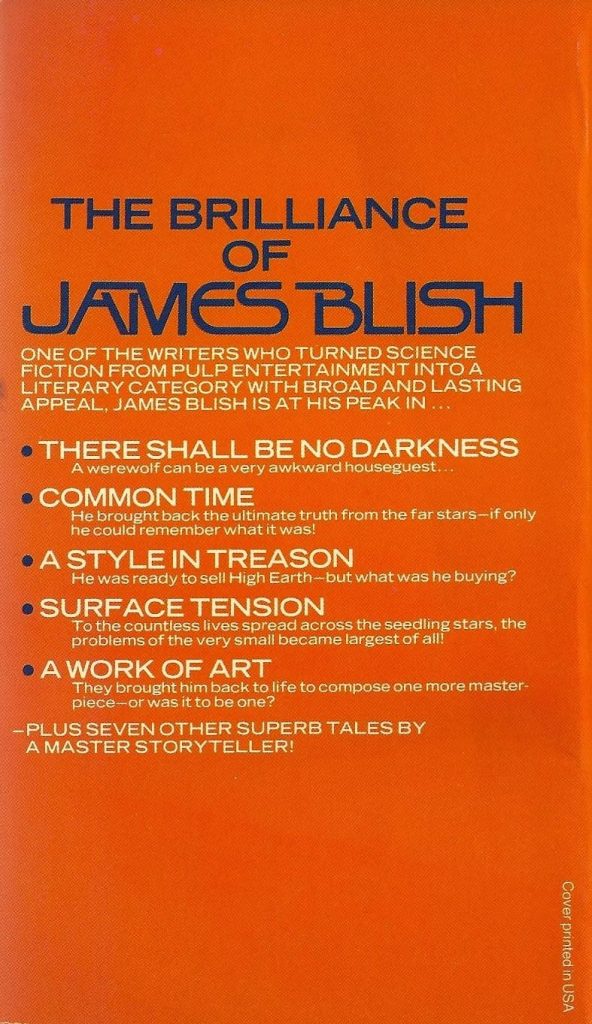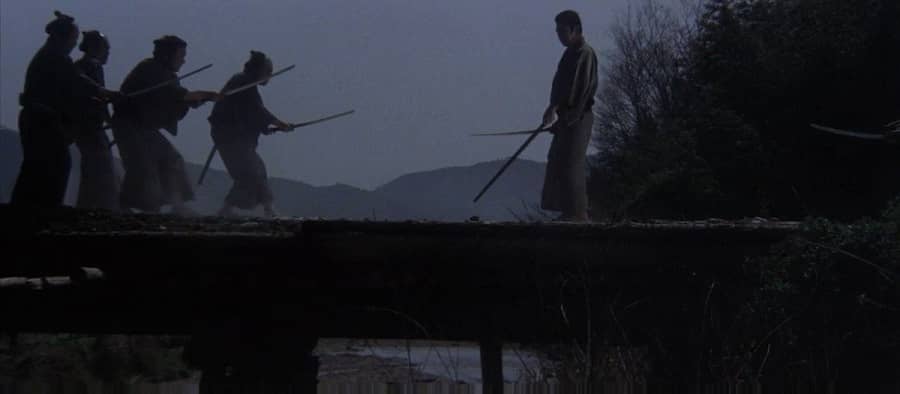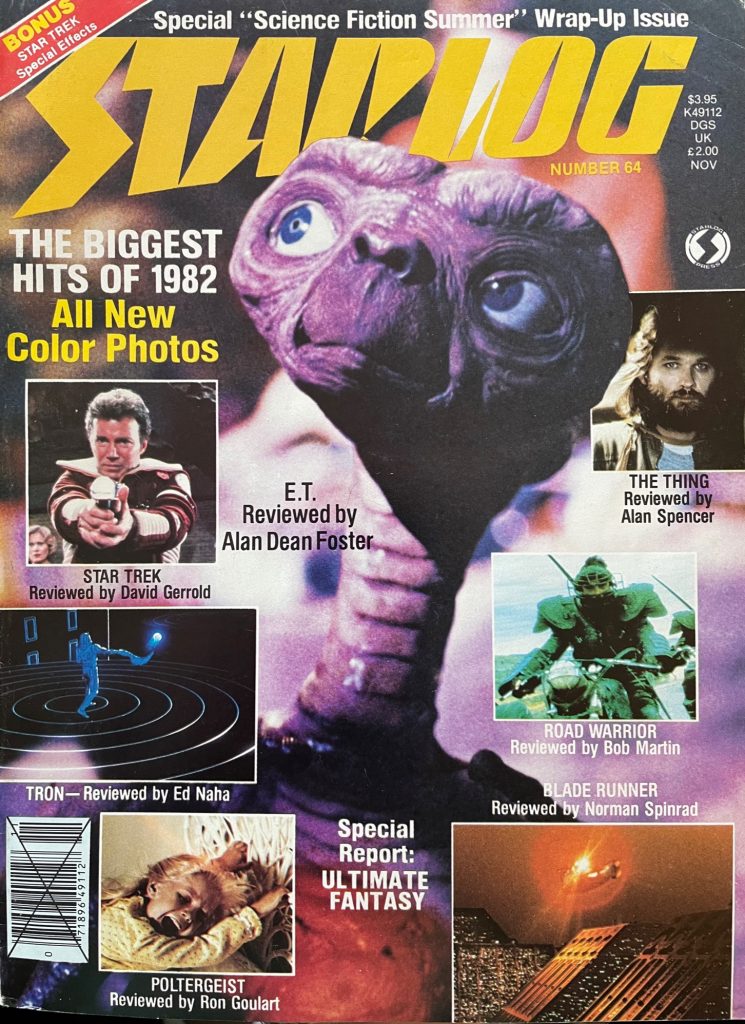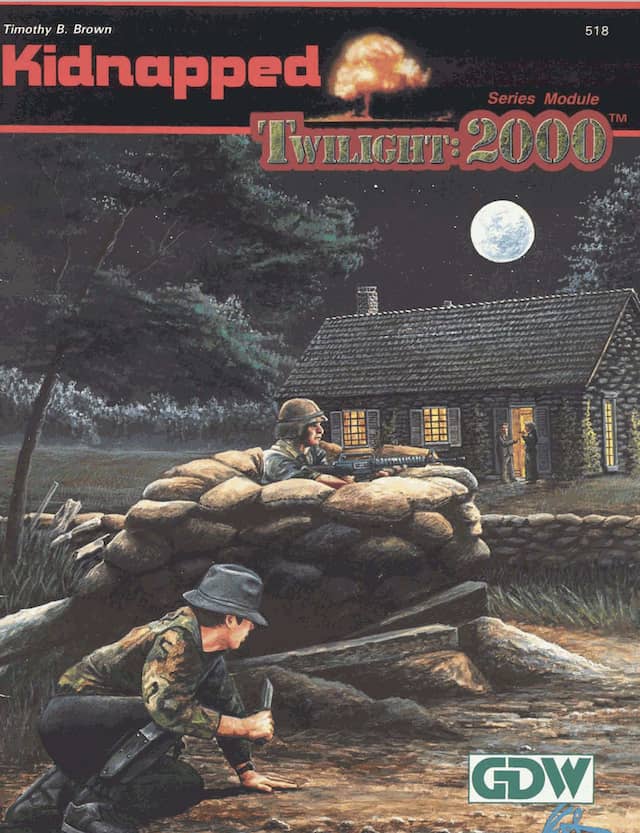A (Black) Gat in the Hand: Bounty Hunters & Bail Bondsmen
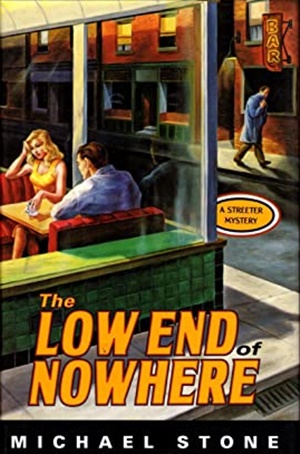 You’re the second guy I’ve met within hours who seems to think a gat in the hand means a world by the tail.” – Phillip Marlowe in Raymond Chandler’s The Big Sleep
You’re the second guy I’ve met within hours who seems to think a gat in the hand means a world by the tail.” – Phillip Marlowe in Raymond Chandler’s The Big Sleep
(Gat — Prohibition Era term for a gun. Shortened version of Gatling Gun)
I’m not familiar with too many hardboiled or pulp series’ which feature bail bondsmen or bounty hunters. On reflection, this is a bit surprising, as the roles certainly put the protagonist in the middle of a plot-worthy situation. Below is an updated version of a Black Gate essay I wrote on what I consider to be one of the most under-rated hardboiled series’ in the entire genre. Michael Stone’s Streeter is a bounty hunter in Denver, Colorado. These four books are favorites of mine. I’ll also mention Bail Bond Dodd, who I wrote about before at Black Gate. And finally, a George Raft film set in a bail bondsman’s office.
For my money, the two of the best hardboiled PI series’ of the Post-Pulp Era are Joe Gores’ DKA books (also unconventional, in that they’re about a car repo group), and Stone’s Streeter. Just after I moved out to Colorado Springs in the mid-nineties, a Denver private investigator named Michael Stone released his first book about Streeter, a bounty hunter in the Mile High City. The Low End of Nowhere had a very cool cover by Owen Smith, who would provide three more for A Long Reach, Token of Remorse, and Totally Dead. These covers are fantastic.
Then, nothing: After four very good novels, Stone simply quit writing. It was as if he’d suddenly passed away (happily, he didn’t). Over the years, I tried to find some news of him on the web but came up empty. He just seemed to lose interest in being a writer in 1999.
